On Aug. 18, the first day of soccer practices, Quinn Frankovsky ’22 was settling in doing what he does best: playing soccer. He then took one bad cut and his knee gave out. Frankovsky soon learned he had torn his ACL, and he was out for the season. Unfortunately, this is not a unique story. Here at Macalester, there are many injured student-athletes who must figure out what to do next.
Macalester, like many other small, private, liberal arts colleges, faces challenges within the recruiting process. The combination of academic standards and financial constraints means many sports programs must work over a year to bring in a recruit. Head football coach Tony Jennison explained the recruiting process at Macalester, “Our recruiting philosophy is we want exceptional people, who are serious about challenging themselves academically and passionate about football.”
The process stays the same whether an athlete is injured or not. Players will still have the same character traits, academic abilities and passion for the sport. Often, players end up getting injured in their senior year of high school, wrecking their future plans and leading to the end of the recruitment process. Here, that is not the case. Coach Jennison doesn’t like giving up on injured players.
“Part of [recruiting injured players] is out of necessity because football is a numbers game and we just don’t get many numbers,” Jennison stated. “But the other half of it is it fits our recruiting philosophy. I’m not too concerned. We can get people healthy. We have [a] strong athletic training staff.”
Due to the length of the recruiting process and the difficulties faced at Macalester, it isn’t possible for programs to remain competitive if these injured players are cut loose because it would reduce the recruiting class sizes. As a result, several incoming players are dealing with major injuries.
For those injured at Macalester, rehabilitation can be a long process. No one understands this more than head athletic trainer, Paula Natvig, who has been dealing with rehab at Macalester for 16 years. As the college’s director of sports medicine, Paula is always concerned with making sure injured athletes are taken care of every step of the way. According to her, the process is taken “from start to finish” by the school’s sports medicine team.
However, despite all that trainers can provide for injured athletes, sometimes the department requires outside help. Macalester works with an outside health care system to provide weekly doctor visits on campus. Although not always necessary, these visits are important; especially, according to Natvig, if the trainers feel “that is what needs to be done.” At no cost to the patient, the doctors will help treat athletes in different ways. They might be helping diagnose a problem, performing physical therapy when a student isn’t responding to the methods used by trainers, or improving a student’s diet as they recover. In severe cases, the school can even send athletes to team partnered physicians responsible for surgeries.
Even after a large-scale surgery, the sports medicine department is ready to step back into the athlete’s recovery process. “They’re with us from that moment until they get back on the field,” Natvig said. This also includes keeping athletes engaged and upbeat during recovery. Whether it is teammates helping them out in the training room, or regularly attending practices and competitions, an injured player can always remain a part of the team atmosphere. According to Natvig, when this involvement is possible, the players find themselves happier. What’s more, she says, is that their rehabilitation goes “a lot better.”
With the threat of injury ever-present, the athletic department sometimes needs some on-the-spot help as well. This often comes in the form of the sports medicine assistants (SMAs). The 40 SMAs at Macalester are students trained in first aid, CPR and AED use, who are present at all varsity events. This could be a game, match, race or practice. They help set up practices and games, keep players hydrated and break down equipment afterwards. In the event of an injury, they can also tape players up and monitor them while further assistance is on the way. Even in the training room, SMAs are instructed on how to operate some treatment machines for injured athletes. For Natvig and the trainers, “they are basically our right hand.”
Because of the training staff’s help, the athletes have been able to return to form and become great success stories. One Macalester football player, T. Joe Loiselle ’13, rebounded from a knee injury sustained his senior year of high school to become the school’s all-time leading rusher. Another success story is Konnor Fleming ’15, who was an all-conference defensive back and a key part of the 2014 Conference title-winning team. There are countless stories of athletes who were injured at the end of their high school careers only to play at a high level throughout their college careers at Macalester. Many of these injured players also go on to become team leaders. For example, Glen Hartford ’17 recovered from injury to go on to become a defensive captain for the football team in 2016. Frankovsky cited several of his teammates as being “such [a] great help and huge mentors throughout the process.” Through the mentorship of older athletes and the help of the SMAs, underclassmen can recover and become integral parts of future Macalester teams.

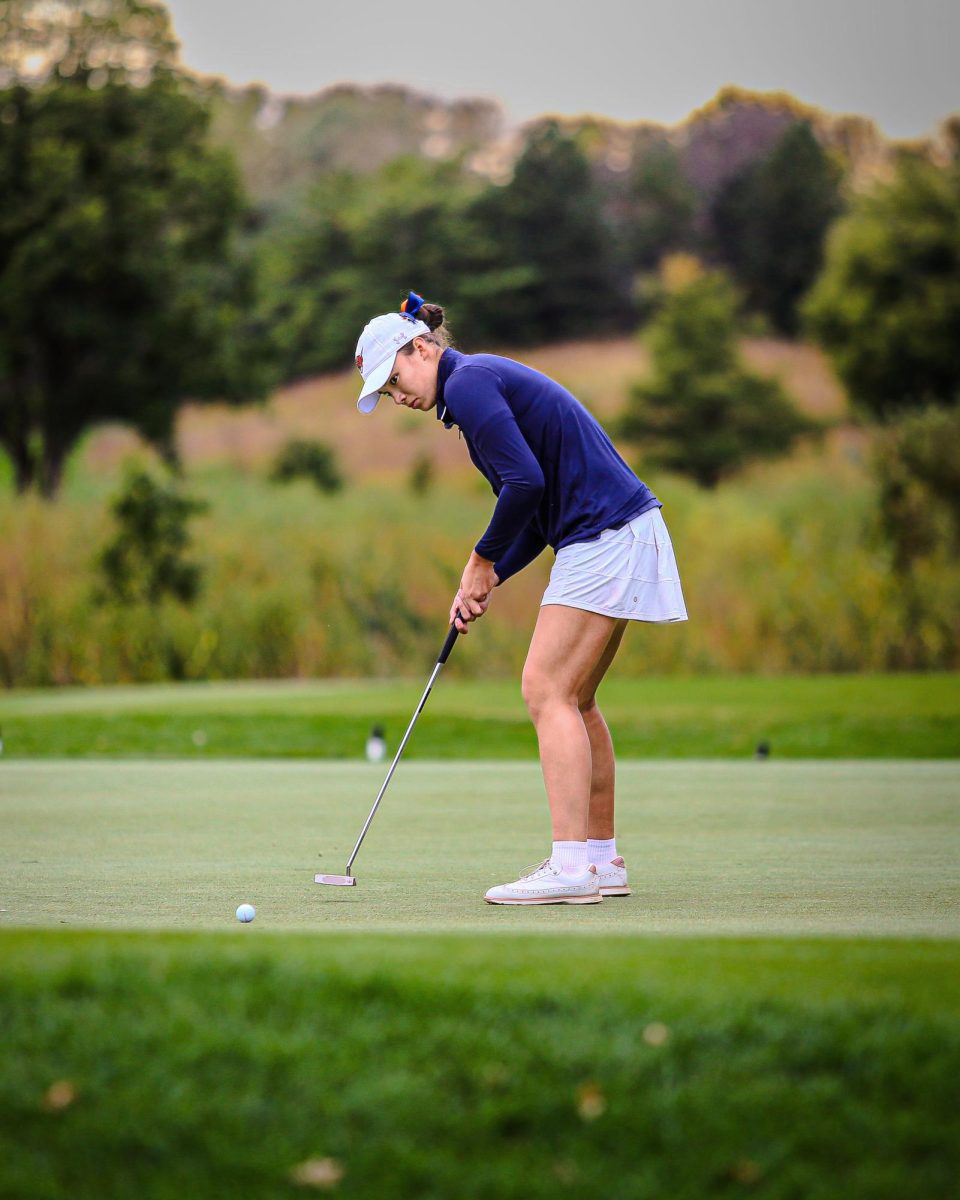
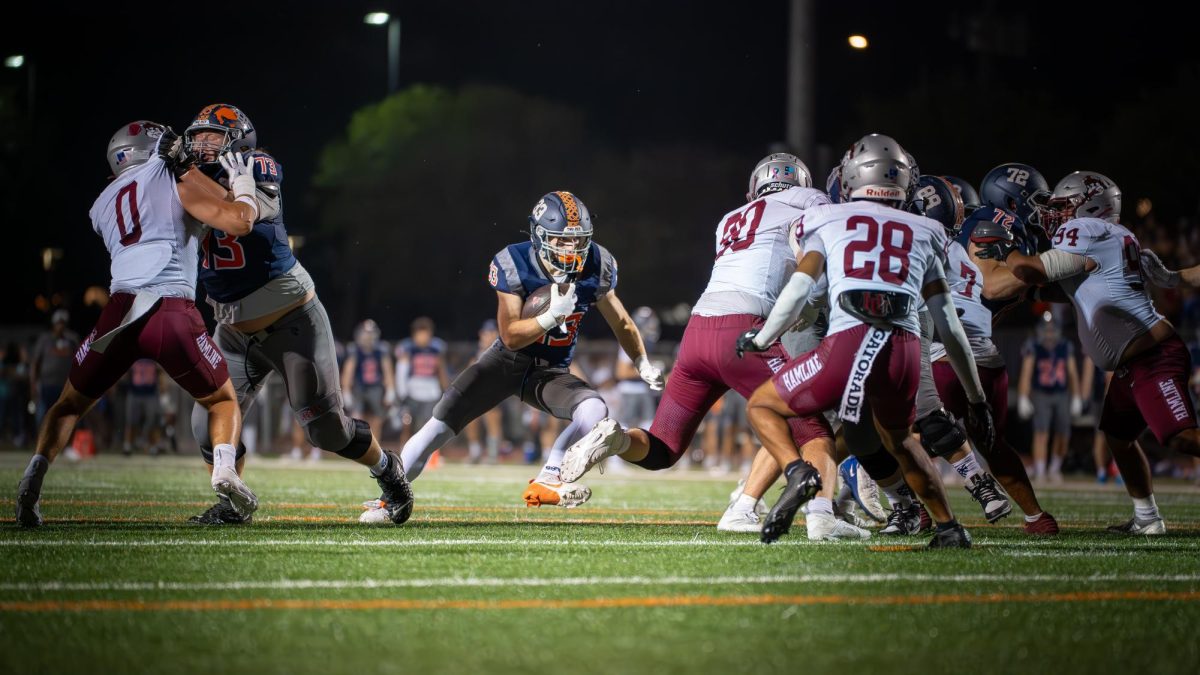
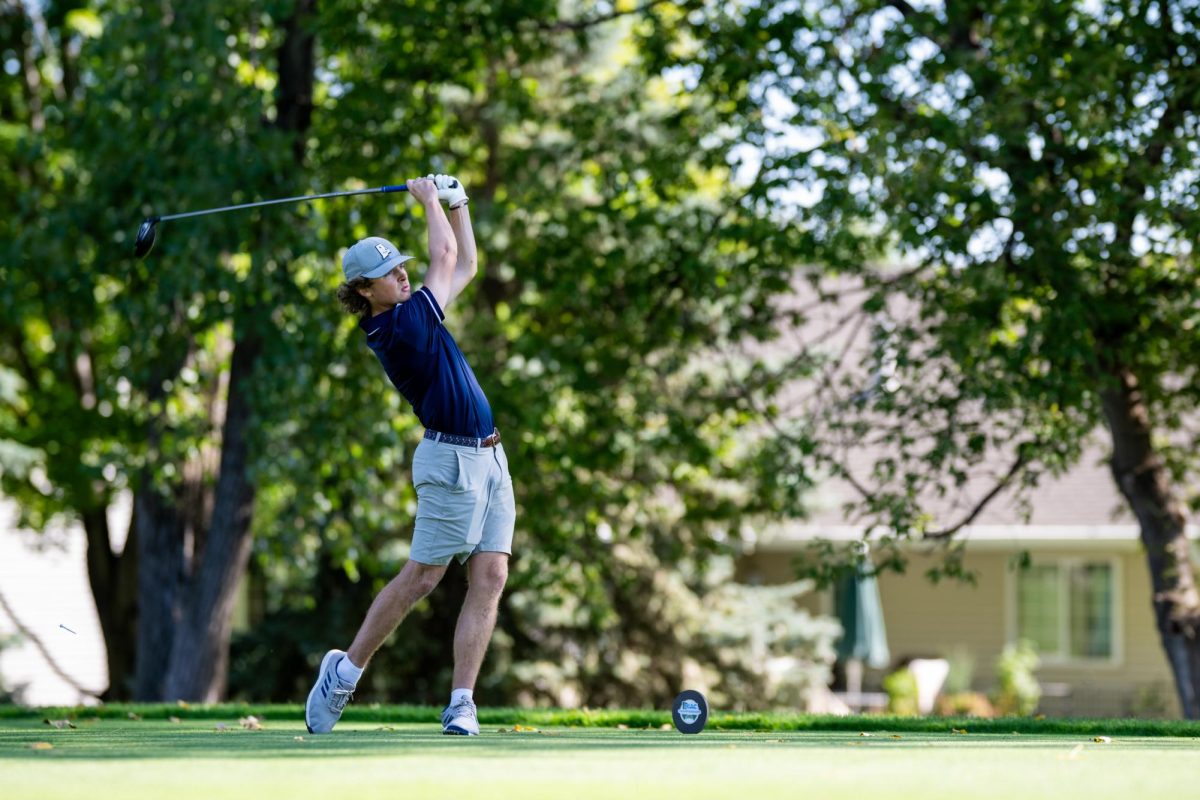

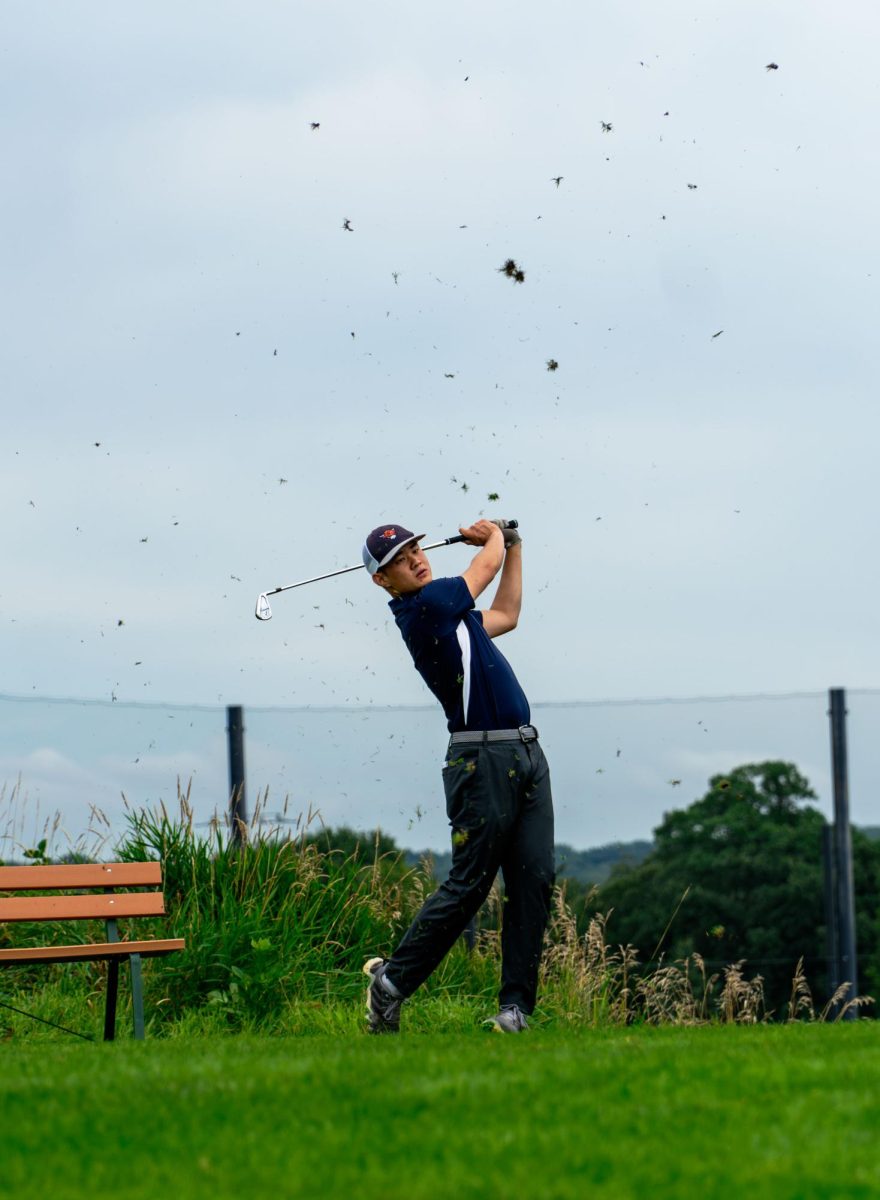
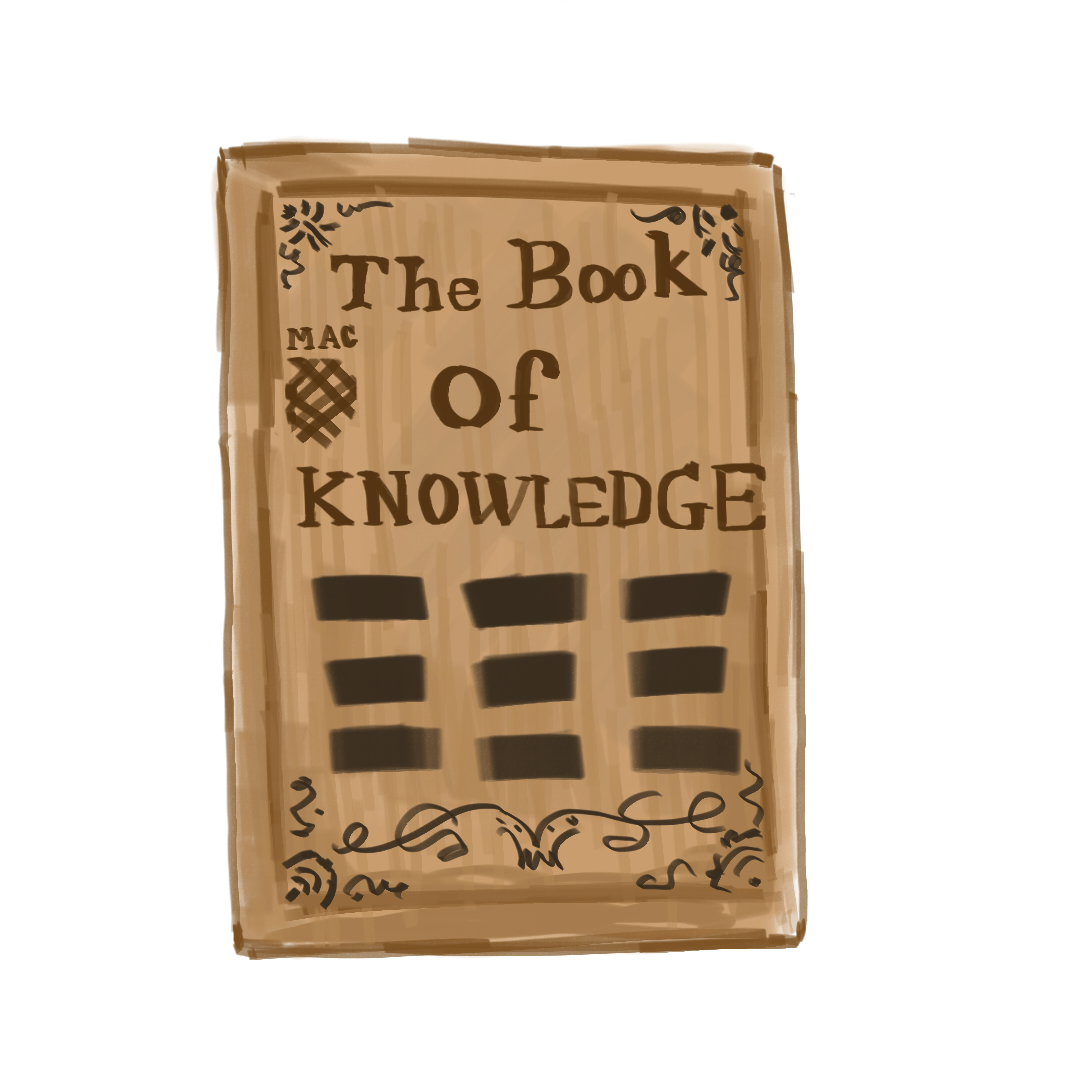
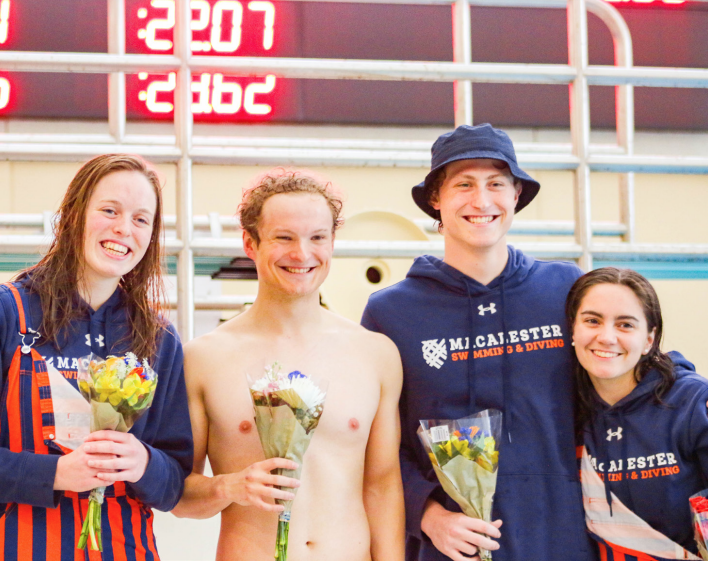
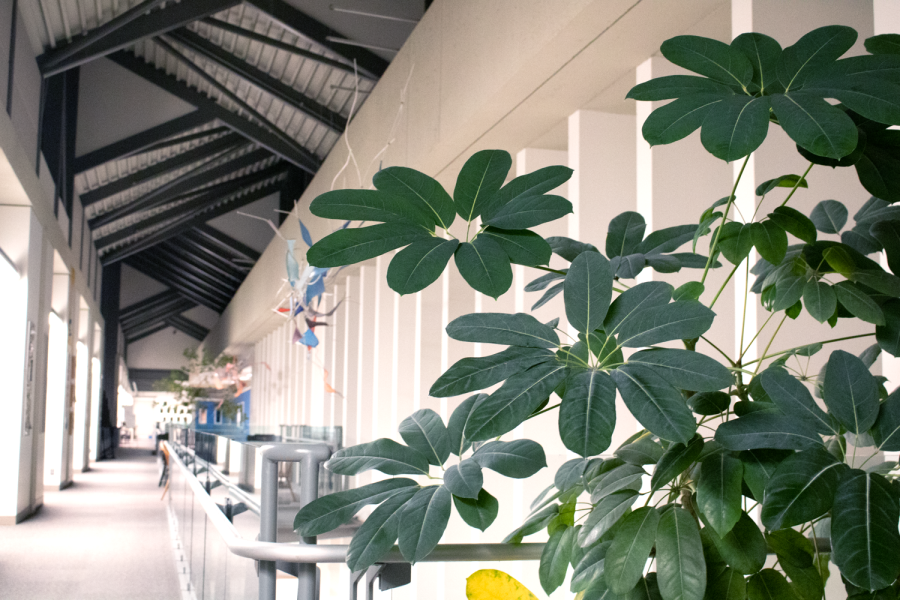

Frank Blake • Sep 11, 2019 at 3:00 am
Thanks for the helpful write-up. It is also my opinion that mesothelioma cancer has an extremely long latency time, which means that signs and symptoms of the disease might not exactly emerge right up until 30 to 50 years after the first exposure to asbestos. Pleural mesothelioma, and that is the most common type and has an effect on the area round the lungs, might cause shortness of breath, torso pains, along with a persistent cough, which may cause coughing up body.
Neil Lee • Sep 7, 2019 at 5:10 pm
I like this post, enjoyed this one appreciate it for putting up.
FreePrint • Jul 31, 2019 at 12:51 pm
magnificent challenges altogether, you merely won a new reader. What might you recommend in regards to your distribute which you made a few days ago? Any good?
Native Deodorant Coupons • Jul 30, 2019 at 9:07 am
Amazing article, some quite definitely hard work spend here. My favorite technique so far could be the your textual content!
SKy-Zone-Coupon • Jul 29, 2019 at 6:42 pm
Excellent article, some a lot effort place in here. The very best technique so far could be the your text!
chipotle coupon • Jul 29, 2019 at 4:28 pm
Features anyone got any actual success through HARO? It simply seems that the majority of of the reporters attached with the organization has been from the us which don’t have much anticipations from other areas primarily within South Asia. Brian, are you able to immediate me to the full situation studies? Thanks.
Noomcodes • Jul 29, 2019 at 2:02 pm
Yeah, nice write-up but In the initial step. You mentioned promote in order to people which you have discussed within your posting.
Chewy Codes • Jul 29, 2019 at 10:44 am
Thanks for discussing the brilliant post. You described the link constructing methods amazingly.
stockx coupon • Jul 29, 2019 at 8:34 am
Yes, nice write-up but In the first step. You said promote in order to people you have stated in your content material.
free prints coupons 2019 • Jul 29, 2019 at 6:46 am
Yeah, nice blog post but In the first step. You explained promote to people you have pointed out inside your content.